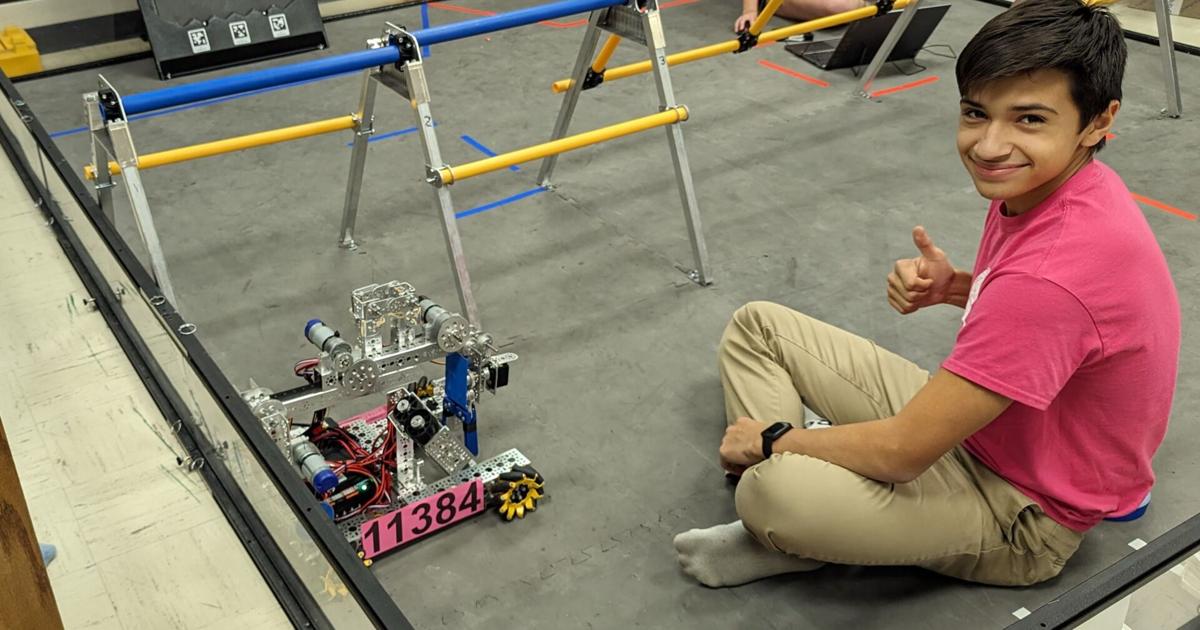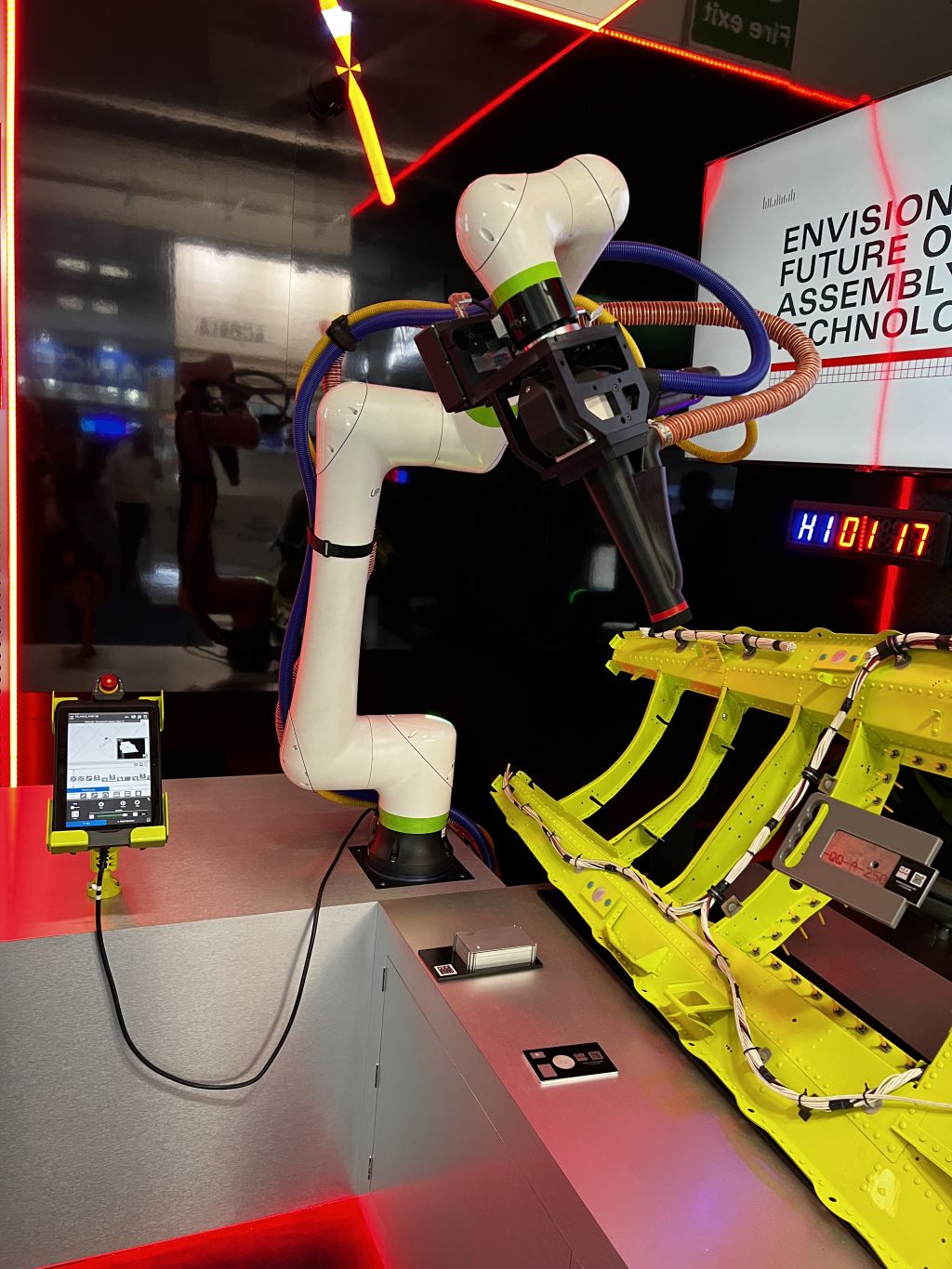CEO at Reliable Robotics.
The world of robotics has been evolving at an unprecedented pace, with humanoid robots at the forefront of this technological revolution. These robots, designed to mimic human form and behavior, are transforming various sectors, from healthcare and education to entertainment and personal assistance.
In this article, I’ll delve into the latest innovations in humanoid robotics, the market dynamics in this space and the future prospects of this burgeoning field.
Innovations In Humanoid Robotics
Several pioneering companies have been making significant strides in the field of humanoid robotics. Each of these trailblazers brings unique contributions to the table.
• Sophia By Hanson Robotics: Sophia is more than just a robot; she’s a social humanoid who has captured the world’s attention since her debut in 2016. Sophia’s claim to fame is her status as the first robot citizen, a testament to her advanced social interaction capabilities.
• Toyota’s T-HR3: This third-generation humanoid robot is designed to assist humans in various settings, from homes and medical facilities to disaster-stricken areas and even outer space. Its remote-controlled design allows it to safely and effectively aid in a range of tasks.
• Boston Dynamics’ Atlas: Funded by DARPA, Atlas is a bipedal humanoid robot designed to undertake a variety of search and rescue tasks, showcasing the potential of robots in high-risk operations.
Market Dynamics And Future Prospects
The humanoid robotics market is on a trajectory of rapid growth. Projections indicate a rise from $1.6 billion in 2022 to a staggering $214.4 billion by 2032. This growth is fueled by the increasing demand for humanoid robots in various sectors, including personal assistance, entertainment, education and healthcare.
The Asia-Pacific region, with its high demand in countries like India, China and Japan, currently leads the market, based on my experience in the industry. However, advancements in artificial intelligence and the presence of key players worldwide suggest that the growth of the humanoid robot market will be a global phenomenon.
Overcoming Challenges And Looking Ahead
The Covid-19 pandemic has posed significant challenges to all industries, including humanoid robotics. Supply chain disruptions and labor shortages have affected development and production. However, the industry has shown resilience, finding ways to resume manufacturing and sustain revenue.
In the ever-evolving robotics industry, challenges like supply chain disruptions and labor shortages demand strategic solutions. Diversify suppliers, build strong relationships and adopt just-in-time manufacturing for resilience. Embrace remote work, upskill the workforce and leverage automation. Monitor risks, maintain buffer stock, foster innovation and network with peers. These strategies ensure the continued growth and success of robotics companies amidst adversity. By staying agile and proactive, the robotics industry can overcome obstacles and lead the way to a transformative future.
Looking ahead, the healthcare industry presents a promising avenue for the application of humanoid robots. From providing security to dispensing pharmaceuticals and assisting patients, humanoid robots could revolutionize healthcare delivery.
In conclusion, the humanoid robotics revolution is well underway. Despite the challenges, the future looks promising, with humanoid robots set to play an increasingly integral role in various sectors. As we continue to innovate and push the boundaries of technology, the line between science fiction and reality becomes increasingly blurred. The dawn of humanoid robotics is here, and it’s reshaping our world in ways we could only imagine a few decades ago.
Forbes Technology Council is an invitation-only community for world-class CIOs, CTOs and technology executives. Do I qualify?











